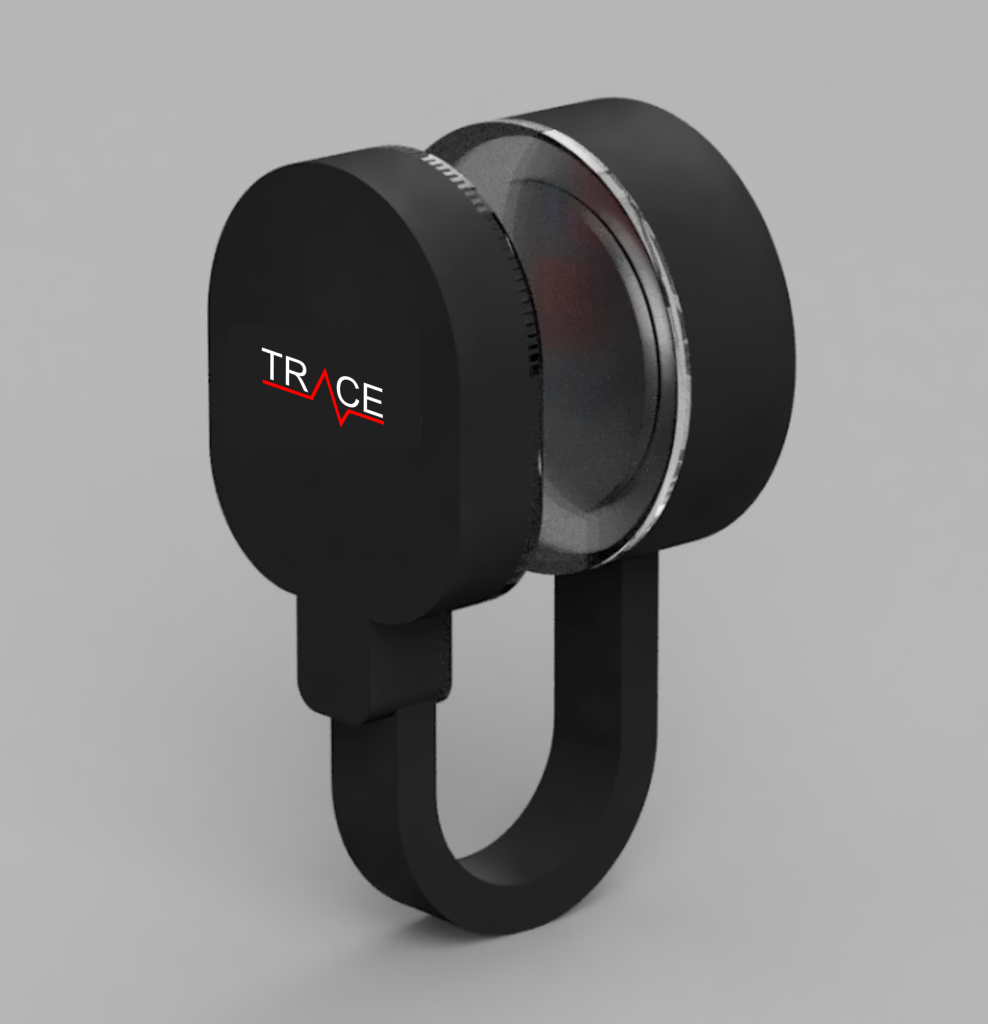
Investigator:
Amar Basu, Wayne State University, Michael Busa, UMass Amherst.
MassAITC Cohort: Year 2 (Aging)
Orthostatic hypotension (OH), a drop in blood pressure (BP) upon standing, affects nearly 1 in 3 older adults and increases the risk of falls by 2.5X. As a result, major medical organizations recommend monitoring orthostatic vital signs (OVS) in individuals experiencing symptoms of OH. Despite the clinical need, current OVS screening technologies remain limited.
The consensus definition of OH is a drop in systolic BP of at least 20 mm Hg within 3 minutes of standing, measured by a BP cuff. This method fails to capture the complex responses (increased heart rate, cardiac output, vasoconstriction) that occur immediately upon standing. Thus, it may miss conditions such as initial orthostatic hypotension (IOH) and delayed BP recovery. Furthermore, OH has diurnal variation due to bedrest, meals, and hydration state; thus, infrequent ‘snapshots’ may miss warning signs or key trends.
This project will evaluate TRACE, a novel wearable sensor for monitoring OVS continuously at home, whenever an individual stands up. Our long-term goal is to enable physicians to perform remote monitoring of OVS. The objective of this project is to gather pre-clinical data that validates the efficacy of TRACE in a home-like setting. Evaluations will be performed at the UMass Amherst Center for Human Health and Performance (CH2P), a home-like setting designed to validate patient monitoring devices. TRACE OVS signals and extracted metrics will be compared to industry standard BP cuffs, ECG, and pulse oximeters.
If successful, TRACE could enable a new paradigm in OH management that assesses how symptoms change over timescales of hours to weeks. Understanding such trends would enable clinicians to guide personalized, evidence-based interventions to reduce fall risk and other co-morbidities.
